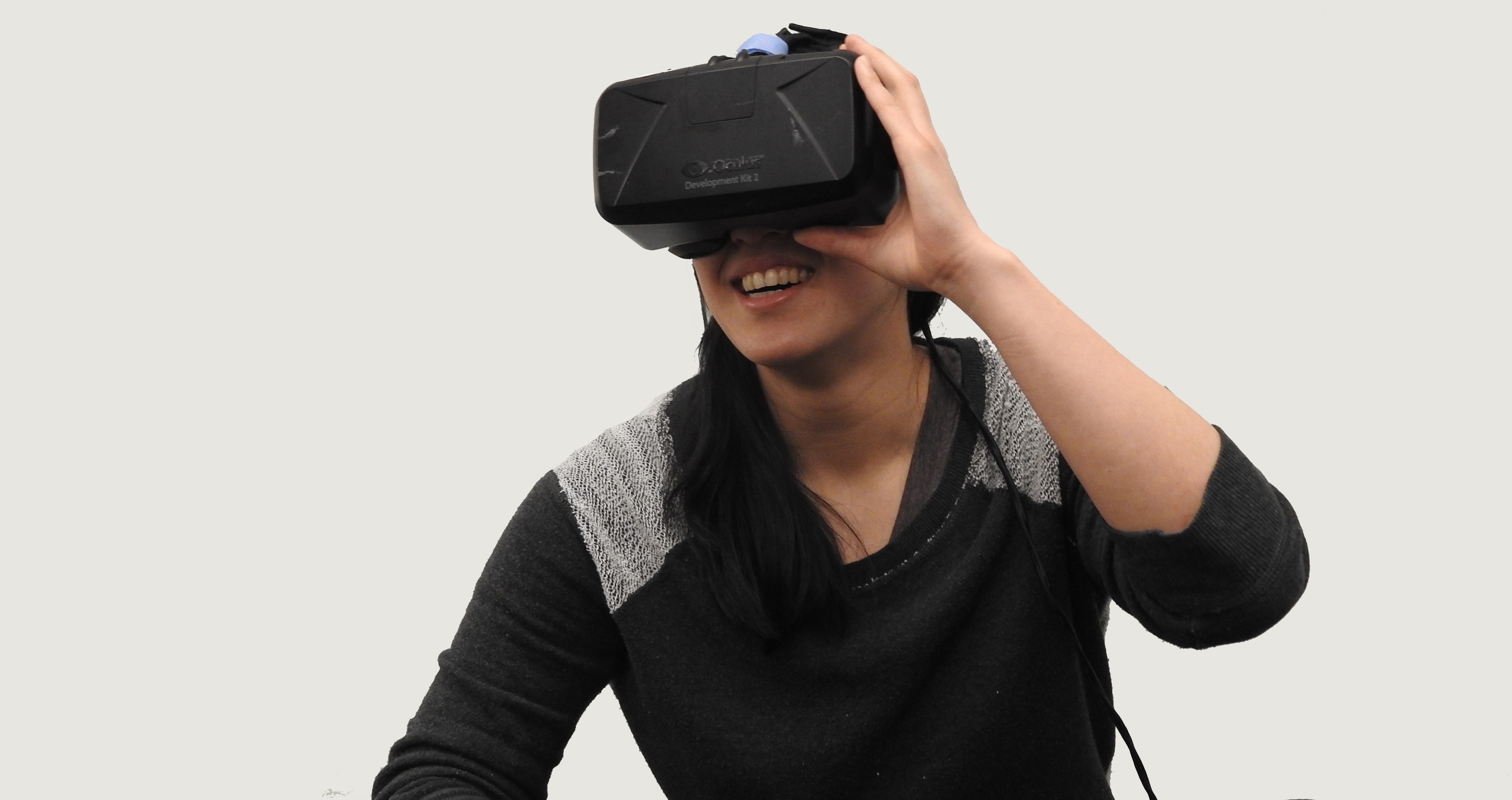Augmented Reality
Augmented Reality (AR)
has been around since the late 60’s. The technology (such as Microsoft’s HoloLens) is currently too expensive to be used in a more generalised and consumer commercial sense, so is not currently as mainstream as some developers would like it to be.
AR is essentially the overlapping of virtual imagery and information onto what we see in physical reality.
As consumers, we were first exposed to AR with the Pokemon Go craze. You may even have been using the Ikea Place App to work out what your room may look like with Ikea products.
Of course, gamers are often ahead of the curve when it comes to engaging in new technology and tend to be the ones providing tech development companies with the financial resources to keep improving and innovating.
Until AR headsets become more affordable to the general public, easier to use, and have better applications developed for them, they will remain within more specialist and innovators/early adopters stage (within the theoretical Diffusion of Innovation model). Once early adopters start buying into the technology, both money and interest will escalate in the development of useful business focussed apps and even better technology.

AR potentially has some higher level benefits to that of VR within the business environment. There is greater potential to optimise the benefits that VR provides businesses, while negating some of the downsides of VR.
There is even the potential for AR to replace the combined benefits of mobile smartphones and wearables. The technology, however, does need to become lighter, easier to use, cheaper and attract enough tech support (and creativity) to build better apps and functionality.
With some of the hardware currently being developed in China, we are on the cusp of AR being more affordable than a smartphone and easier to wear than the current VR & AR headsets.
At that point, we may see a great degree of adoption and use of this technology by the masses.
Which brings us to contemplate the possibilities of how this technology may revolutionise the way we do work and how we train, protect and engage with others in the workplace of the future… and how this may just translate into how we may do work in the MetaVerse.

